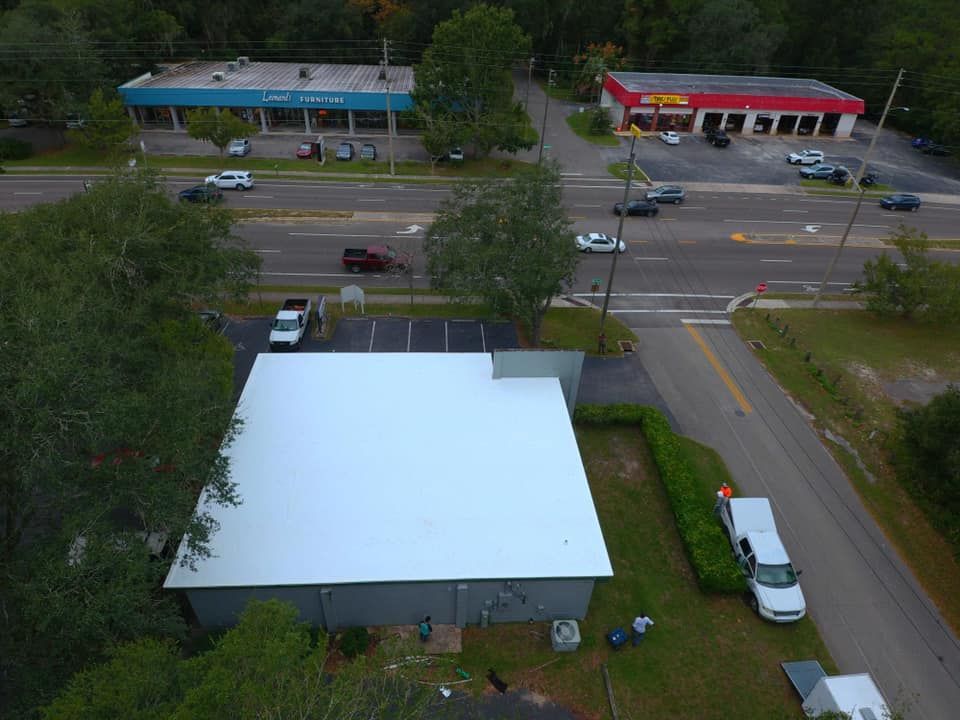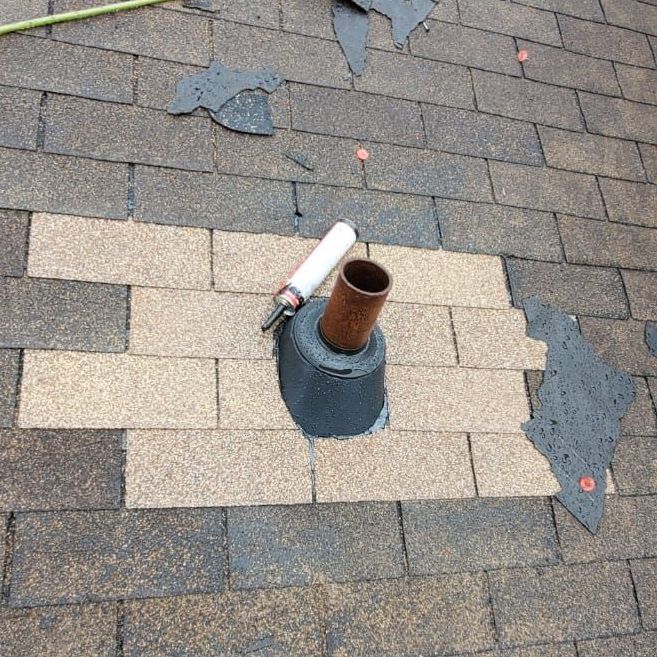Metal Roofs 101: Everything You Should Know When Considering a Metal Roof
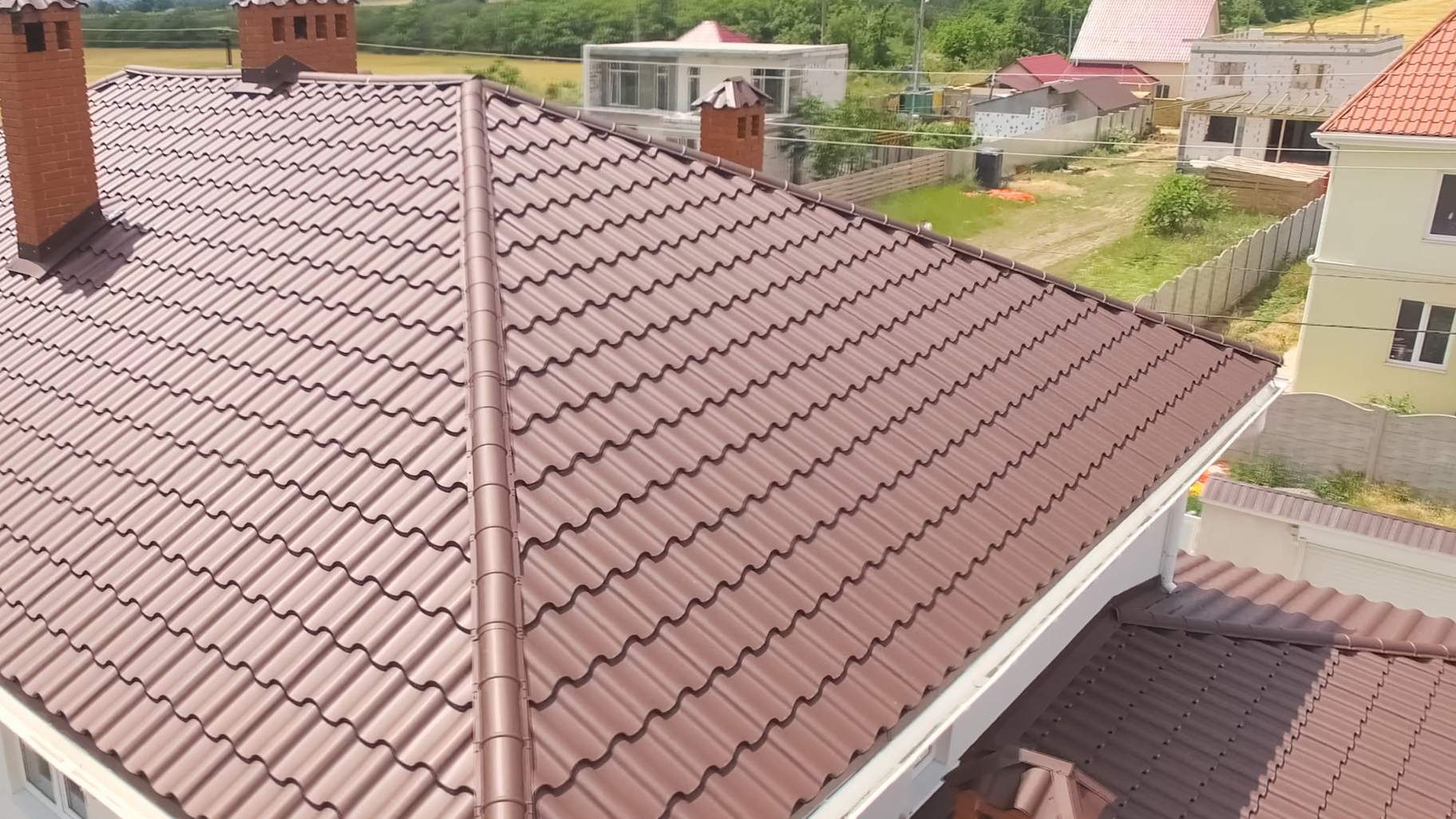

Metal roofs are more than an extra protective covering for your home or business. They represent an investment in longevity, durability, and efficiency and have become very popular in recent years for a good reason.
The appeal of metal roofing goes beyond its sleek aesthetics. It's about understanding the long-term benefits it brings to any structure. Upgrading to a metal roof is making a statement - that you value quality and sustainability over short-lived convenience. You're not alone if you've already recognized the immense potential these roofs hold. But isn't there more to uncover about metal roofs and their potential? Learn everything you must know about metal roofs below.
The Growing Market Share of Metal Roofs
Homeowners are increasingly choosing metal roofs due to their numerous benefits. This rise in market share is primarily attributed to the longevity of these structures, which typically outlast other roofing materials. According to Data Bridge Market Research, the metal roofing market was valued at USD 17.13 billion in 2021 and is expected to reach USD 26.70 billion by 2029, registering a CAGR (The Compound Annual Growth Rate), that is, the annual growth of investments, of 5.70% during the forecast period of 2022-2029.

Pros and Cons of Metal Roofs
Pros of Metal Roofs
Longevity and Safety
Metal roofs are known for their durability. According to Bridger Steel, a manufacturer of high-quality metal panels for roofing, the average metal roof will last 40 to 70 years with proper care and maintenance. Some metal materials, like copper roofing, can last even longer, with some copper
https://www.bridgersteel.com/metal-roofing/copper
https://www.bridgersteel.com/metal-roofing/copper
roofs dating back over 100 years, while asphalt roofing has an estimated life of roughly 12 to 20 years. Beyond day-to-day conditions, its high durability shines through. According to the NFPA
National Fire Protection Association, these robust structures also demonstrate remarkable severe weather resistance capabilities - capable of enduring wind gusts far exceeding what typical shingle roofs tolerate — some rated for winds up to 140 mph. Furthermore, they carry a Class A fire rating—the highest level—making them resistant even to intense heat exposure. Metal roofs won't flash and ignite into flames during a lightning strike or a wildfire.
Easy Maintenance
Metal roofs are resistant to common issues affecting other materials, so they can be generally straightforward to maintain. With a well-installed metal roof, you are significantly less likely to find cracks, splits, or mold, and you can expect all rain to run off the surface smoothly. If you decide to do the maintenance yourself, it is crucial to consider your safety, especially on steep-slope metal roofs that are very slippery when wet.
The frequency of the maintenance needed will depend on the environment the roof is in. For example, a home in a milder climate might only need surface-level care once a year or every 18 months. But a building in a more extreme environment, such as Florida, or one in the shade or underneath trees might need maintenance more than once yearly. Not only does debris look unappealing, but it can also scratch or stain the paint system on the metal. Remember to check for leaves and branches that could get stuck in spots with low slopes or horizontal planes, and remove them promptly.
Resistance to Dirt, Mildew, and Algae
One significant advantage of metal roofing over other materials is its resistance to black streaks caused by mildew and algae. According to RPS Metal, your metal roof will not absorb moisture like other materials, so the metal will not develop internal mold. Due to their strong molecular bond, metal roofs with PVDF finishes are especially effective in preventing dirt buildup.
However, suppose your home is in a subtropical area where airborne fungus is prevalent or dense canopies of trees are typical, such as in Florida. In that case, it's important to note that while metal roofs are less susceptible to dirt and mildew than standard shingles, some dirt accumulation and eventual biological growth may still occur.
Increased Property Value
Due to their long-lasting, durable, and good appearance characteristics, metal roofs can be attractive to potential buyers. For conscious buyers, energy efficiency can be a selling point if it helps them lower their bills. According to
Remodeling by JLC, a new metal roof will increase your home value by about $23,163 as of 2023
Lightweight
According to
Englert Inc., metal roofing strikes an impressive balance between lightness and strength, with a weight range of only 1 to 3 pounds per square foot. This optimal weight-to-strength ratio significantly eases installation processes while providing substantial structural support for buildings. As a comparison, asphalt shingles have a weight range of 2 to 3.5 pounds per square foot, and clay tiles 5.5 to 10 pounds per square foot.
Energy Efficiency
The reflective properties of metal materials reduce the heat that the roof absorbs, which can reduce cooling costs during summer and hot months. According to the EPA US Environmental Protection Agency, metal roofs categorized as "cool roofs" have favorably reflective and emissive compositions that allow them to remain approximately 50 to 60°F cooler than conventional materials during peak summer weather. Cool metal roofs feature paints and coatings with specially formulated pigments that reflect the heat from the sun.
Some roof systems are designed with insulating materials that provide further efficiency and can reduce energy consumption in your house. According to Forbes, the best types of insulation materials for roofs are:
Spray Foam Insulation
This has a polyurethane or latex spray added under the roof deck and roofing materials. This provides insulation, seals cracks, and blocks moisture from getting through the roof. It may be used for full insulation or in targeted areas prone to moisture accumulation. It has a potential cost of $10,000.
Batt Insulation
Batt blanket insulation, made from fiberglass, is relatively easy to cut and install surrounding ceiling joists and rafters. The difference is that it does not provide the seal that sprays foam insulation accomplishes. It is an excellent low-cost option with average costs from $500 to $1,500.
Structural Insulated Panels
SIPs, or structural insulated panels, look like plywood and have rigid insulation sandwiched between them. They have an average cost of $10 to $12 per square foot. When installed properly, it can dramatically reduce energy costs.
Blown-In Insulation
Made from fiberglass, cellulose, or recycled materials, it is a good option for filling an ample space, such as an attic or crawl space. You can control the total insulation, which helps you achieve the right amount for your climate. The average costs might range from $1,750 to $5,550.
Rigid Insulation Boards
It is made from polyisocyanurate, expanded polystyrene (EPS), or extruded polystyrene (XPS). The material used for the rigid insulation board affects the R-value, which is a way to gauge how effectively insulation blocks heat flow. The higher the R-value, the higher the cost. The average prices range from $4,000 to $15,500.
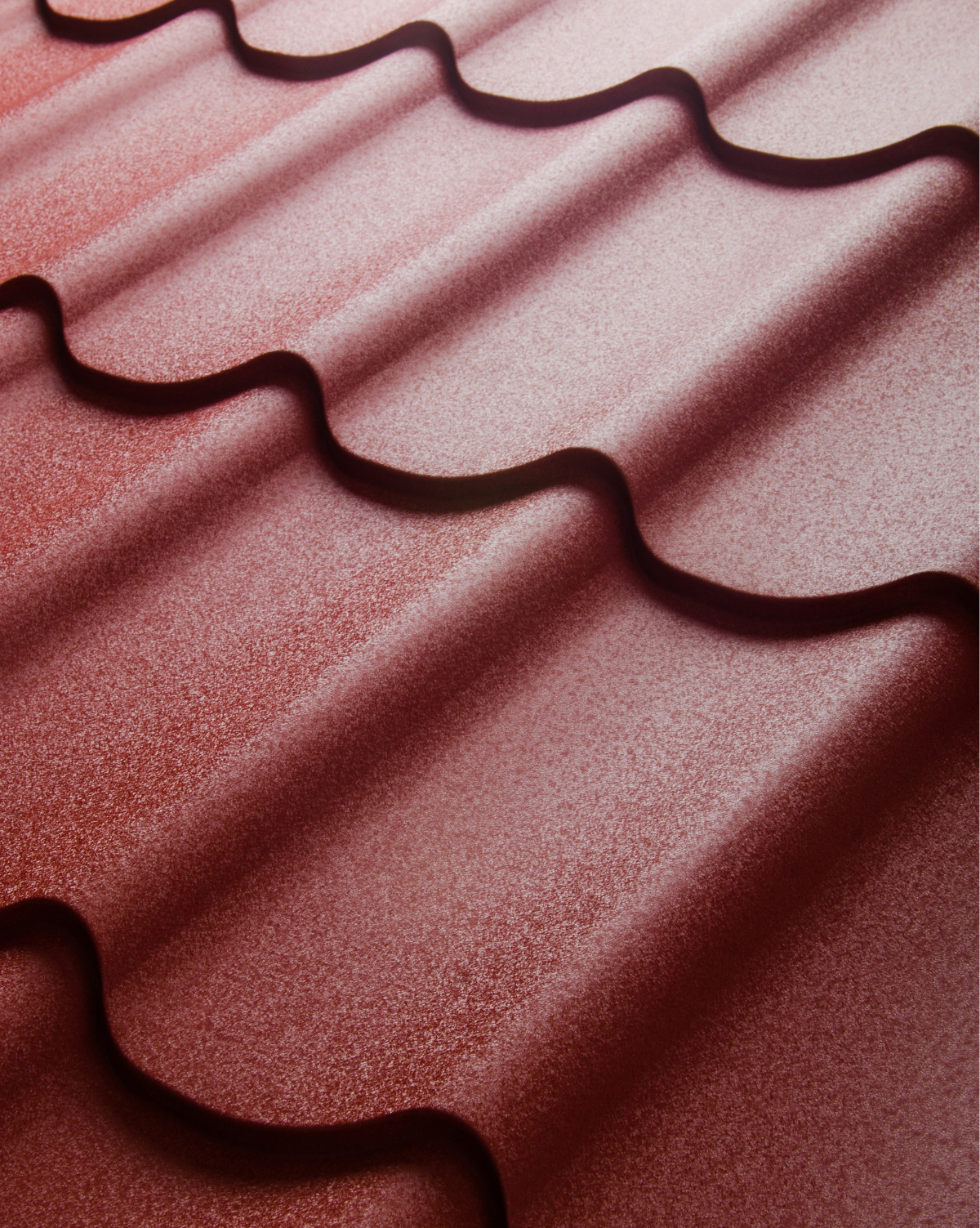
Cons of Metal Roofs
Mismatched materials
If your metal roof needs repair or you are adding a home extension years later, finding an exact color that matches the existing metal may be complicated. As we analyzed previously if the metals in your roof are mismatched, then corrosion and degradation can occur, causing your metal roof to fail well before the end of its life expectancy. Areas where mismatched metals are often positioned together include panels, fasteners, rivets, and gutters.
Noisiness
During heavy rain, metal roofs can be noisy if they don't have any soundproofing material to absorb the noise. Adding attic insulation can sometimes solve this problem, which may increase costs. However, not all metal roofs are noisy, depending on the type of metal used and the installation process. According to
DECRA Metal Roofing, the more irregular and thicker the texture of a roof, the more it will disrupt, absorb the sound from the rain, and dampen. On a roof made of a flat and uncoated sheet of metal, like in a shed or a barn, the noise from the rain bounces and echoes much longer. On the other hand, stone-coated metal roofs have several layers of natural stone granules which act as additional noise barriers. This means that the noise impact on the roof will be significantly reduced.
Affordability
Metal roofs can be twice as expensive compared to an asphalt roof. According to Forbes, metal roofing costs an average of $13,200 to install on a 1,700-square-foot roof. It is important to note that over two-thirds of the price often goes toward materials alone. However, the lifespan of a metal roof is much longer, and investing in a metal roof makes sense if you plan to stay in your home long enough to enjoy the long-term cost advantages.
Corrosion
Corrosion is one of the disadvantages of metal. Some common corrosion causes can be incomplete underside coating, exposed cut edges, and high salt water levels. High-quality coatings and finishes, alongside good maintenance and inspections, provide extra protection against this issue.
NACHI (National Association of Certified Home Inspectors) says that there are three types of corrosion that can affect metal roofs: galvanic, crevice, and filiform.
Galvanic Corrosion
An electrical process happens when an electrolyte, such as water, connects dissimilar metals; the metal in the highest energy state will corrode the less noble metal.
As an example, take a steel panel protected by a zinc coating. Materials like zinc and steel can be exposed to moisture in areas where the panel is cut or where holes have been drilled. Since zinc is the least noble of the two metals, the zinc will corrode.


Crevice Corrosion
This type of corrosion takes place when a small volume of stagnant moisture is next to a surface long enough for the moisture to be able to penetrate the protective coating. This happens when a crack is large enough for the moisture to enter but small enough to create a stagnant zone where it just sits. This usually takes place in cracks a few thousandths of an inch wide.
Filiform Corrosion
This is more of a cosmetic issue because it doesn't weaken metal structurally. Filiform corrosion begins at panel edges and mostly proceeds in a straight line. It appears as a network of corrosion-product tails, but that's one way to recognize it is that an actively corroding head will not cross the tail of another filament. It is most common in environments with relative humidity between 65% and 90%, like Florida. Humidity below 65% doesn't affect the metal, but above 90% often causes corrosion to appear as blistering

Environmental Impact of Metal Roofs
Among environmentally friendly roofing options, metal roofs stand out from the crowd. A significant part of their eco-friendly appeal lies in their recyclability. Unlike other materials that may end up clogging our landfills once they've served their purpose, metal can be fully recycled into new products without degrading quality or strength.
Besides being highly recyclable, metal roofs enhance energy efficiency within homes and businesses. They can reflect radiant heat rather than absorb it as asphalt shingles do; this unique characteristic reduces cooling costs during hot months by lessening dependence on air conditioning systems. Energy.gov notes that reflective surfaces such as these can decrease roof temperatures by up to 50°F (28°C), resulting in substantial savings over time.
It is important to note that not every metal roof is considered a cool roof. For a cool roof, you must choose a metal shingle or tile that is factory-coated with light- or cool-colored paint or factory-surfaced with reflective mineral granules. Unpainted metals are typically good solar reflectors but poor thermal emitters. They get hotter in the sun than painted metals of comparable solar reflectance, so they are not the best choice.
Metal Roofing Materials
Aluminum
There are several options for aluminum roofs, including standing seam, rolled sheets, corrugated panels, and aluminum shingles.
Thickness and Durability
The thickness of the aluminum material used to make panels is usually measured in inches (in decimal form), with higher numbers/decimals indicating thicker material.
According to Sheffield Metals International, aluminum roofs come in varying thicknesses. For residential roofing projects, .032" or .030" is most common, and for commercial projects, .040 is the standard.
Aluminum is known to have superior corrosion resistance compared to steel products, particularly in coastal areas with harsh saltwater environments. This is because aluminum oxidizes as it begins to corrode, which ultimately enhances its strength and extends the lifespan of the roofing system in coastal regions.
Affordability
A new aluminum roof should cost between $8 to $12 per square foot. According to
The American Society of Home Inspectors, This would equal $24,000 to $64,000 for a standard 3,000-square-foot roof.

Zinc Roofs
Zinc is a naturally occurring element resistant to corrosion, making it an ideal roofing material.
Benefits
They are also very low maintenance, requiring minimal upkeep over their lifespan. They are resistant to cracking, fading, and other forms of wear and tear, making them a cost-effective option in the long run.
It is a 100% recyclable material, and according to Western States Metal, zinc roofs have a long life expectancy of 80-100 years.
Affordability
Zinc can run anywhere from $6 to $10 per square foot in material costs, according to data from
Roofing Calculator, labor costs around $350 to $400 per sheet of metal roofing (one sheet equals roughly 100 square feet).

Copper Roofs
Copper roofs are one of the most attractive metal roofing options and are remarkable because they change color over time and can add value to a home.
Aesthetics
The patina, the green film characteristic of copper structures, develops as the copper reacts with the air and moisture, and the color changes to aqua-green, brown, or blue-green. The best example of this is the Statue Of Liberty. This patina adds to the roof's aesthetic and helps protect it from further corrosion.
Affordability
According to
Western States, costs may vary from $19 to $28 per square foot for a corrugated copper roof and $23 to $35 per square foot for a standing seam copper roof.

Stone-Coated Steel
Stone-coated metal roofing is made from steel sheets and then coated with stone granules, creating the perfect substrate because they can quickly be "stamped" into various shapes.
Affordability
According to
DECRA Metal Roofing, stone-coated metal roofing bridges the gap between industrial durability and design versatility, giving homeowners the benefits of industrial metal roofing without sacrificing style. Stone-coated metal roofing costs between $5 and $11 per square foot.

Metal Roofing Styles
The styles of these roofs differ considerably, each presenting unique advantages and potential challenges.
Exposed Fastener Roofs
Also known as screw-down panels, the metal panels are fastened down on these roofs using screws and washers screwed through the face of the metal. Because the fasteners are screwed through the panel, there's no room for expansion and contraction when the metal panels go through thermal expansion.
According to MCBI, these panels are durable and resistant to weather, pest, and fire damage. The durability of exposed fastener metal roofing means it is virtually maintenance-free, saving you money over the roof's lifespan.
Metal Panels and Standing Seam Panels
Standing seam panels are leading contenders due to their resilience and straightforward installation process. These roof panels feature long sheets that run vertically up the roof, creating interlocking seams raised above the surface.
This design facilitates swift coverage over large areas while reducing possible leak points. However, proper installation by seasoned professionals is essential for peak performance - especially considering most homes have pitches between 3:12 and 6:12, which are well-suited for this roofing material. Standing seam metal roofs can be made with aluminum or copper, but they are typically made with steel.
Corrugated Metal Roofs
The next stop on our journey through metal roofing systems brings us to corrugated metal roofs. Corrugated means "shaped into wavy folds or alternating furrows and ridges." Recognized by its characteristic wave-like pattern that lends it additional strength without adding weight—a crucial factor when contemplating structural integrity and load capacity—corrugated metal holds a firm place among popular choices in roofing material selection.
This choice is highly resistant to harsh weather conditions. Still, it might be more prone to corrosion if not properly treated or regularly maintained compared with other options like standing seam panels or metal shingles.
Metal Shingles & Roof Systems
This versatile offering mirrors traditional asphalt shingle aesthetics while delivering superior durability against elemental forces.
Synthetic underlayment often accompanies these roofs, providing extra protection from water infiltration. Depending on desired quality levels, costs typically range between 15 and 65 cents per square foot.
Some considerations like style preference, cost efficiency, environmental impact, thermal properties, noise insulation, and maintenance requirements also play pivotal roles, making them suited for different architectural styles, climates, and purposes.




Top Metal Roofing Manufacturers
The metal roofing industry is vast, with several manufacturers that excel in producing high-quality products and have a strong presence in the market. These industry leaders have earned their reputation through decades of manufacturing durable materials.
ATAS International Inc
ATAS International Inc., a key participant in the industry, positions itself as an innovative manufacturer of sustainable building solutions. ATAS allows customers to lower their environmental impact while getting lasting protection for their properties. If your goal is to install modern-looking metal roofing panels, you can use ATAS's newer options, such as the Modular and Curved series.
Worthouse
Worthouse has quickly become a leading manufacturer of metal roofing thanks to its top-notch steel tile products. Their Supre and Ulta roof systems offer exceptional fire safety ratings (Class A), resistance against hail impacts, and maximum protection in severe weather conditions. What sets Worthouse apart is their use of Noble Matt roof coatings, which further enhance the longevity of their steel roof products. These coatings provide added protection against discoloration and rust, ensuring that your metal roof remains pristine for years to come. Additionally, they strive for minimal waste generation during manufacturing—less than 5% compared to industry standards—demonstrating their dedication to protecting our planet.
McElroy Metal
Founded in 1963,
McElroy
has 13 manufacturing facilities, 24 service centers, and 44 locations. They are one of the nation's top-tier manufacturers of residential roofing systems, and they offer exposed fasteners and standing seam roofing with excellent curb appeal. Their Tilcor Stone Coated CF Shingle even resembles traditional asphalt shingles! As a best-in-class metal roofing manufacturer with a complementary selection of metal wall panels and substructural components, they can meet any commercial, industrial, or residential need.
Englert
Englert has been a top-tier residential metal roofing and gutter system manufacturer since 1966. They offer the most comprehensive contractor certification program in the metal roofing industry. They have the largest selection of Energy Star-approved materials and coatings, with LEED compliance across its entire line of paint choices. They offer a broad range of standing seam panel profiles, panel widths, and finishes — and offer on-site fabrication to eliminate shipping damage and errors.
Certainteed
Besides their asphalt shingles,
Certainteed
offers some beautiful options for metal roofing. From classic planks and tiles of all shapes and sizes to custom curved beams and an array of colors and finishes, they offer a world of creative potential. They can help you meet any design or engineering challenge with easy customization options in curved, undulating, linear, perforated, high profile, and exterior metal roofs.
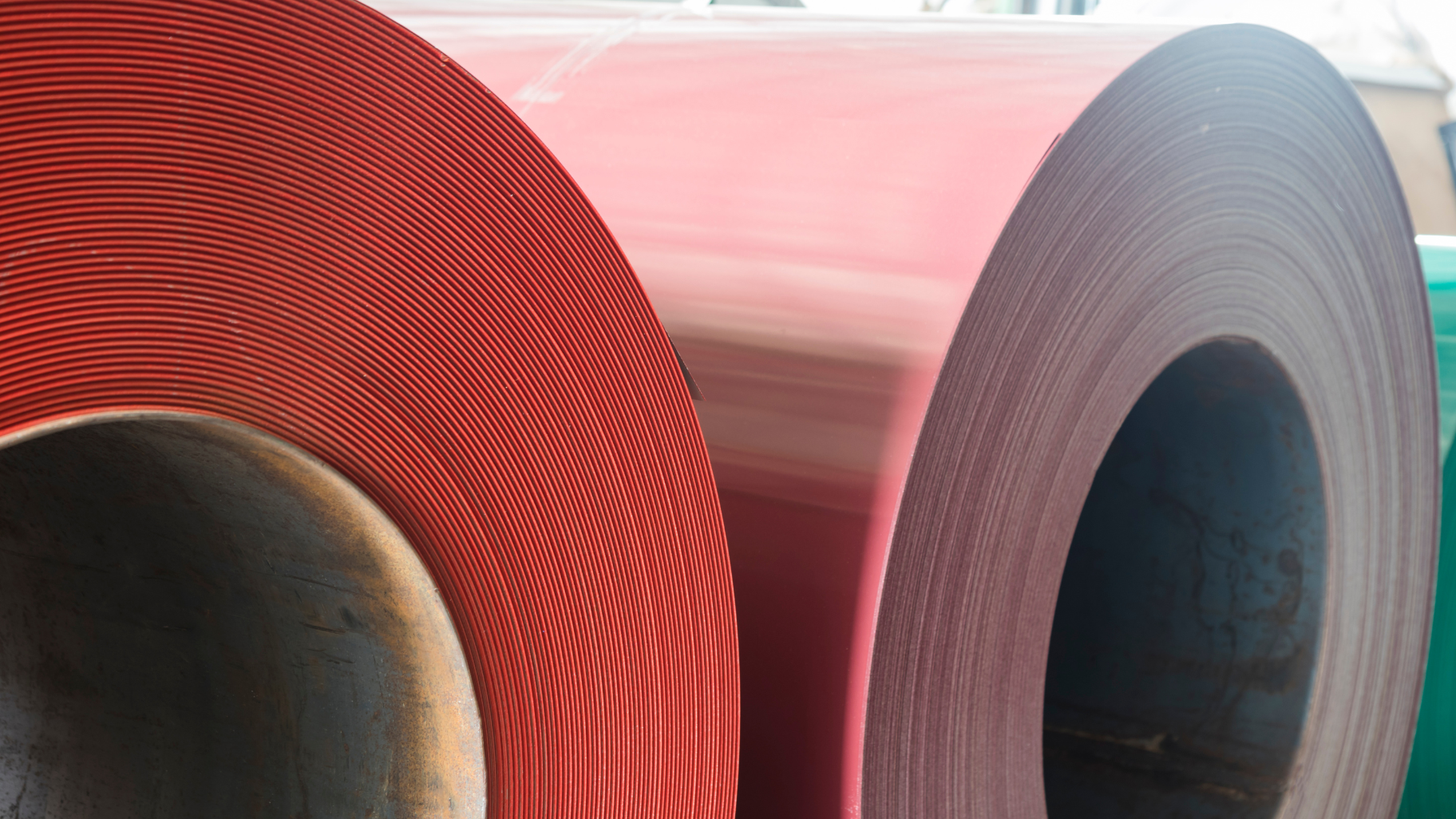
Metal Roof Finishes
Selecting the appropriate finish for your metal roof is not only about looks but also essential to its longevity. Many finishes exist, each providing distinct characteristics to meet various needs. In addition, selecting the color of your roof is a crucial decision as it greatly influences the appearance and style of your home. The chosen color can also affect how long your roof maintains its fresh look.
Polyvinylidene Fluoride (PVDF) Finish: The Premium Choice
Polyvinylidene Fluoride (PVDF), often known as Kynar 500 or Hylar 5000, might be your top pick if you're looking for superior weather resistance properties. Although it comes at a premium cost - typically 15% to 35% more than other options (Best Buy Metals) this investment pays off through excellent color retention and chalk resistance over time.
Manufacturers of PVDF coatings have ensured that their finishes resist fading and chalkiness by incorporating inorganic ceramic pigments.
Silicone-Modified Polyester (SMP) Finish: An Economical Alternative
For those on a budget who still desire an attractive look without compromising too much on quality, silicone-modified polyester (SMP) could serve as an economical alternative to PVDF, according to
Laminators INC. It may match up differently in terms of performance regarding color retention and chalk resistance over time. However, it does provide significant value considering its price point. While high-quality polyester finishes also utilize similar pigmentation to PVDF, they lack the durability and UV resistance provided by PVDF resin for long-term performance.
Conclusion
Metal roofs have become popular in the roofing industry due to their exceptional versatility, durability, and longevity. Metal roofs stand out with superior benefits compared to other commonly used roofing materials, such as asphalt shingles or clay tiles.
In addition to their practical advantages, metal roofs offer a wide range of colors and finishes to enhance the aesthetic appeal of any property. Thanks to their environmental friendliness and energy efficiency, they provide an intelligent investment for property owners. Additionally, the range of styles and materials used in metal roofing allows customization to meet individual needs and preferences.
At Worthmann Roofing, we have thoroughly researched and identified top manufacturers known for their high-quality metal roofing products.


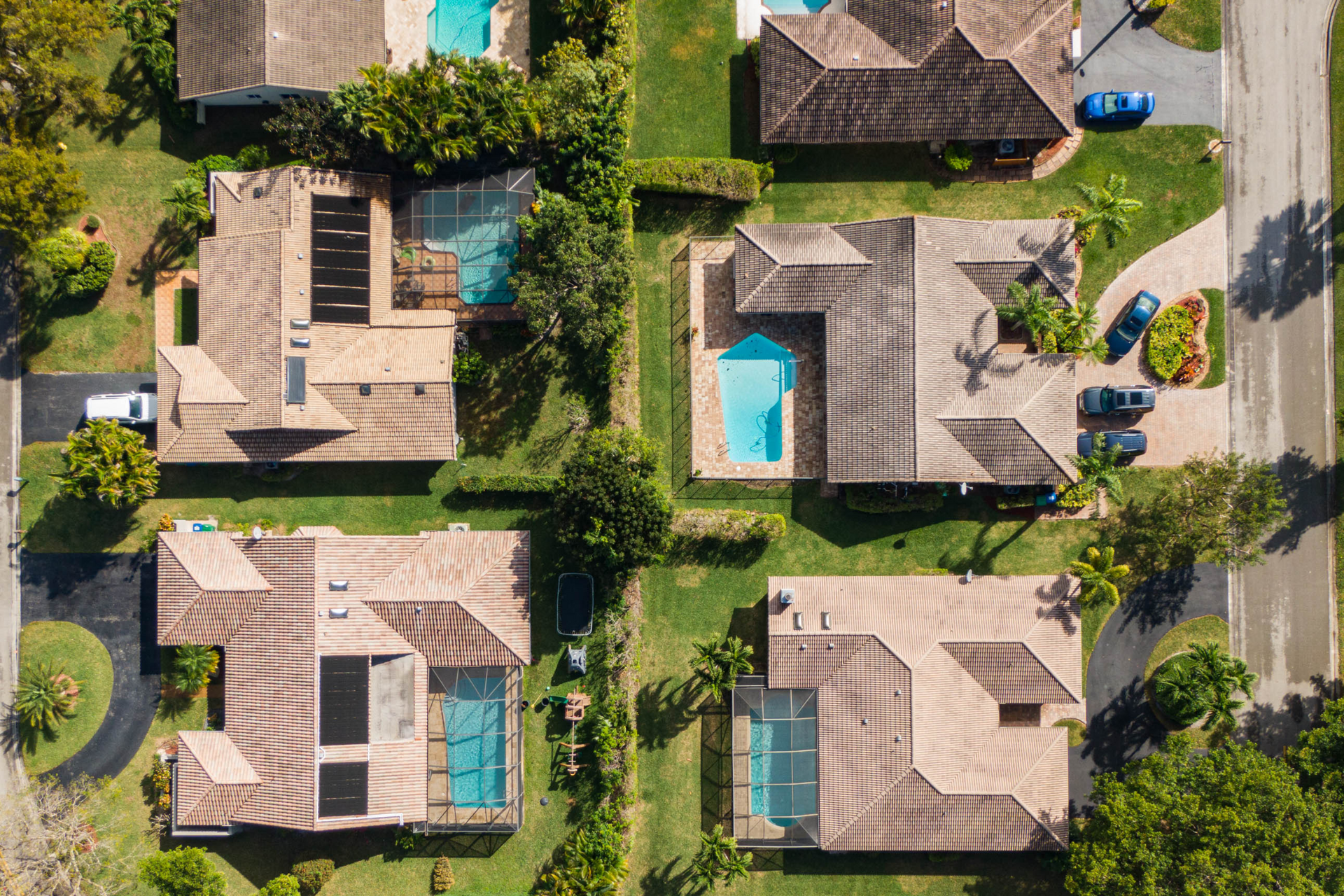
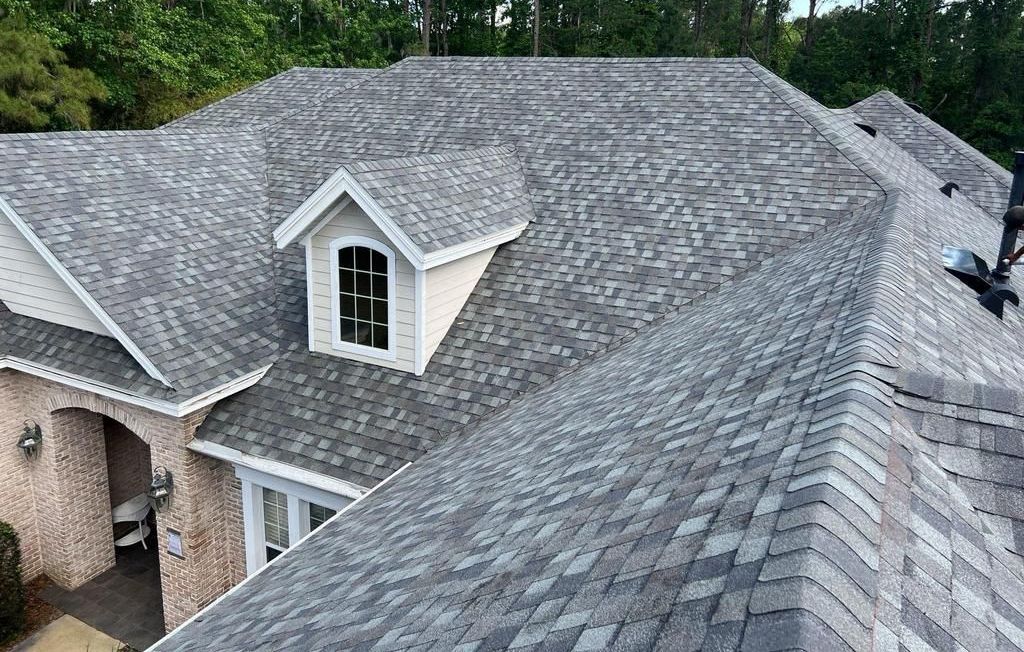
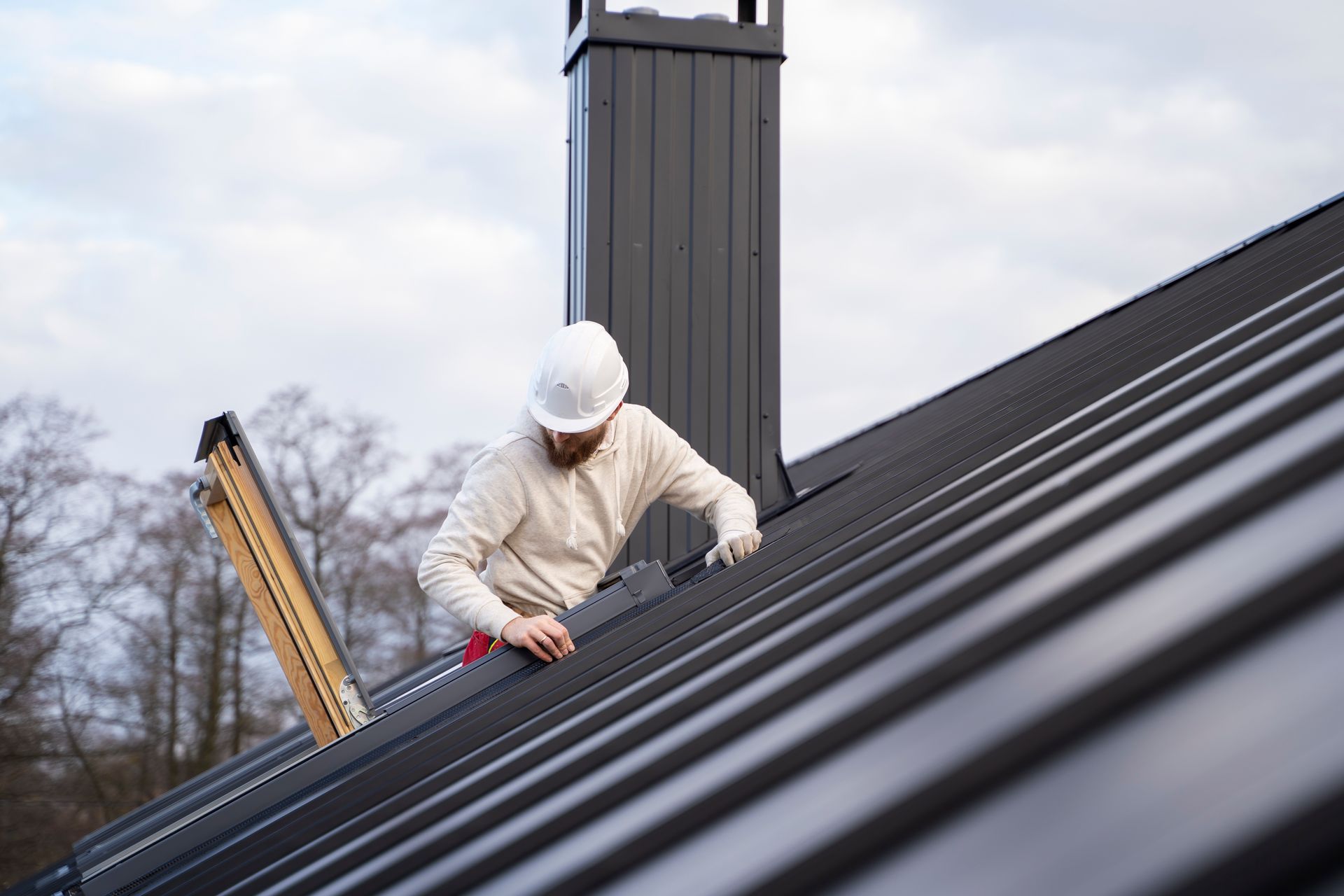
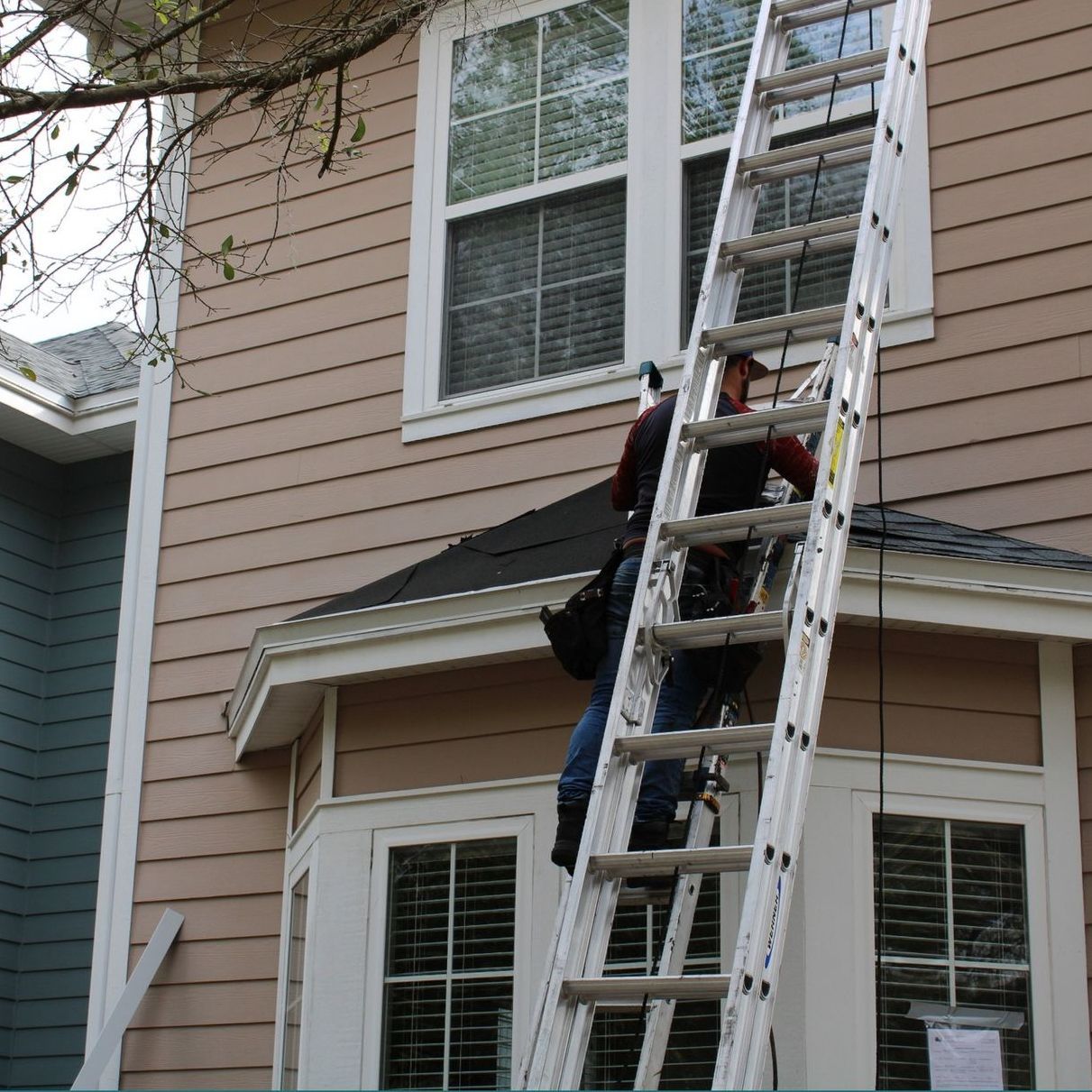
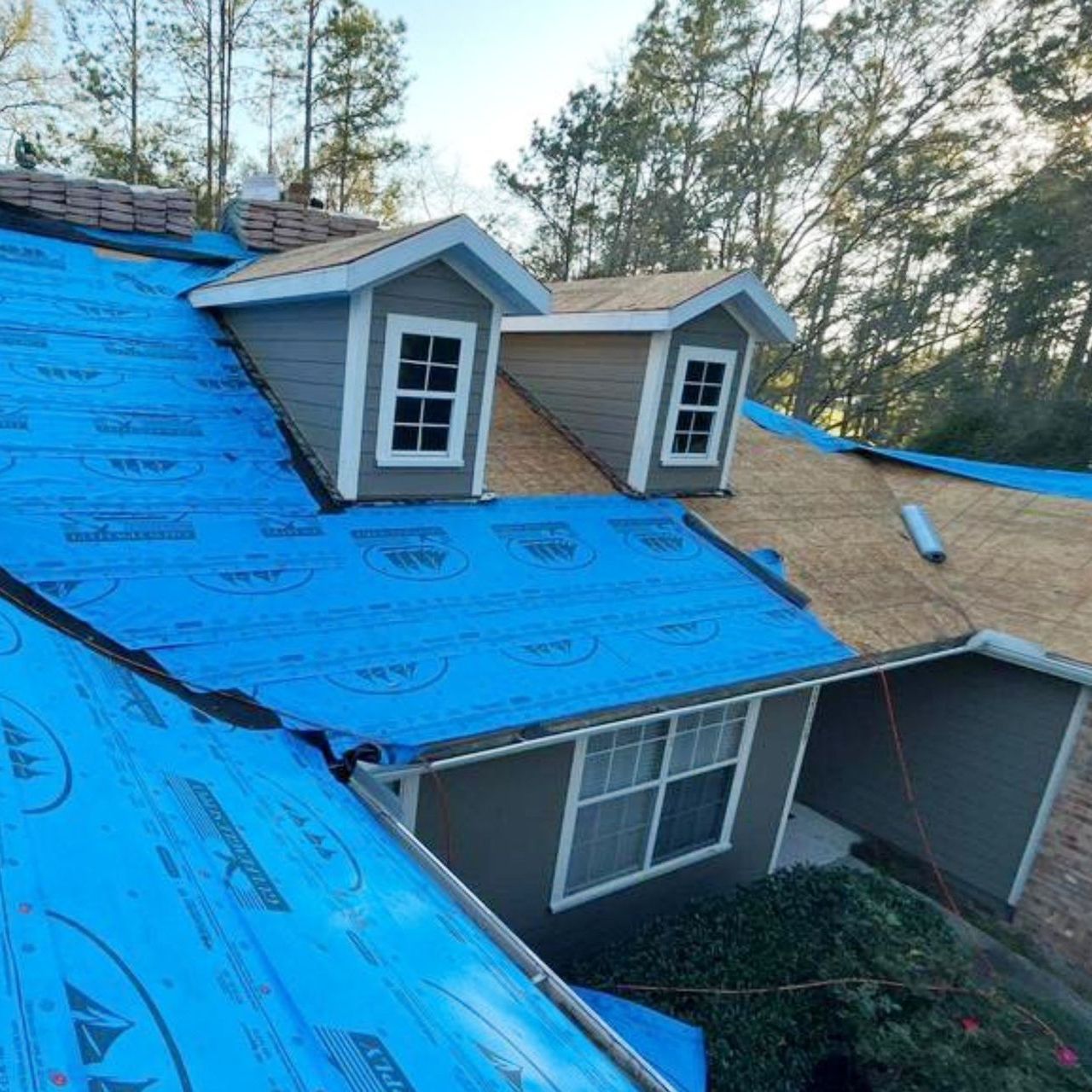

Call us or fill out the form to get help immediately!
Are You READY TO Schedule YOUR FREE INSPECTION?
Worthmann Roofing & Gutters is a top rated construction roofing company. We provide home and business owners with quality roof repair, replacement & gutter installation services.
Follow Us
CONTACT US
RESOURCES
Visit Us

